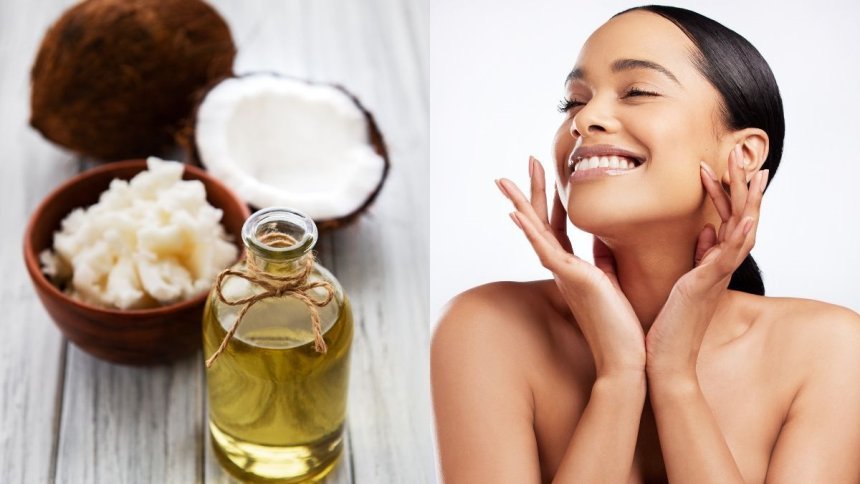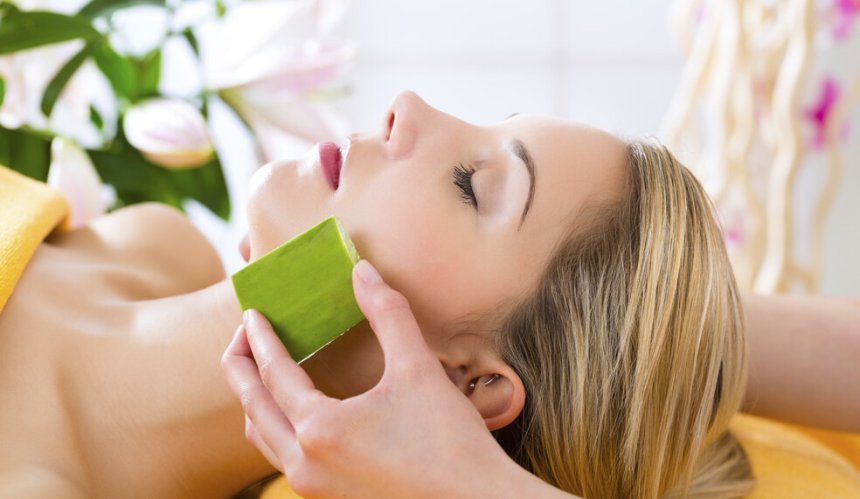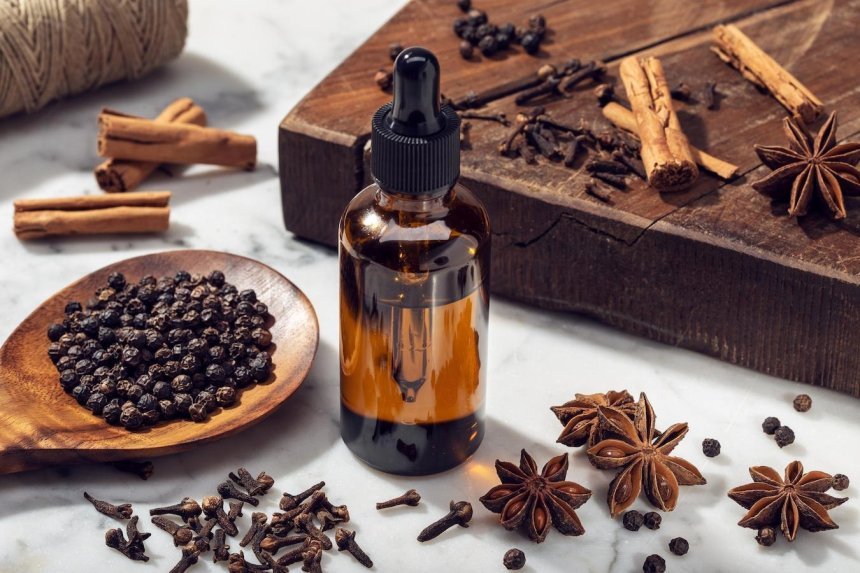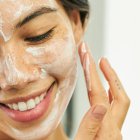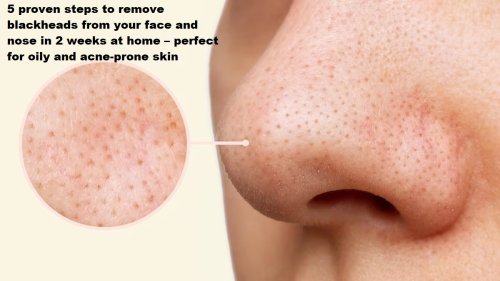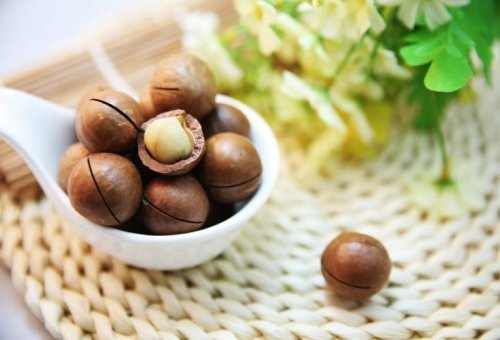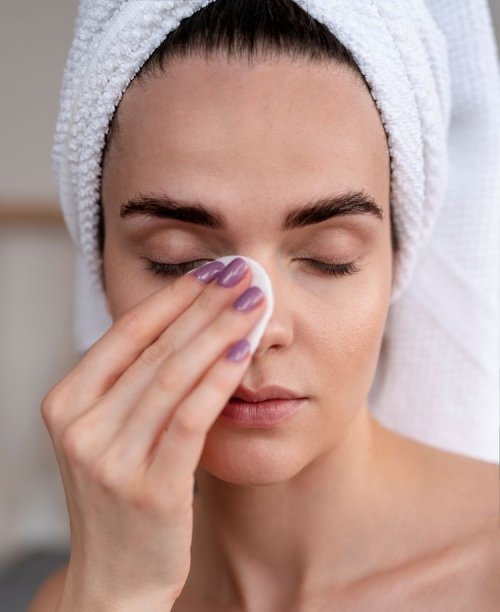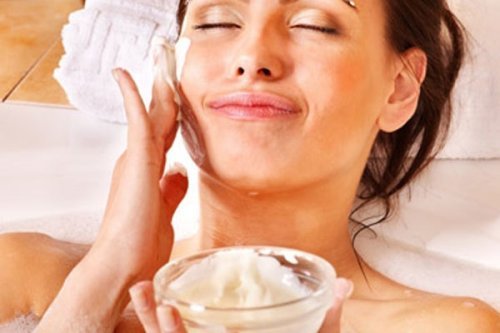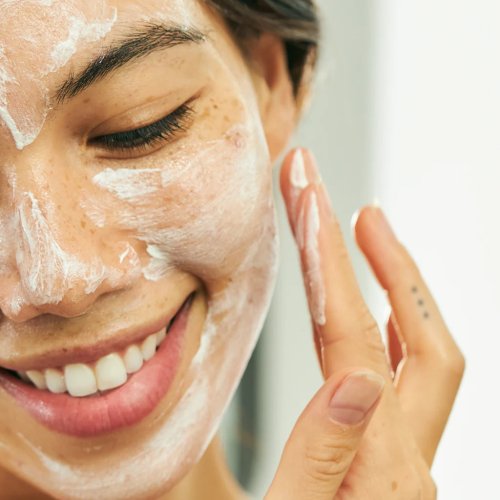8 Best Natural Exfoliants for Glowing Skin You Should Know in 2025
Using a natural exfoliant has worked so well for my skin that I honestly can’t imagine my routine without it. Maybe it’s time you discovered it too. If you’re searching for a natural way to exfoliate and achieve glowing skin, your search ends here seriously, you’ve found what you need.
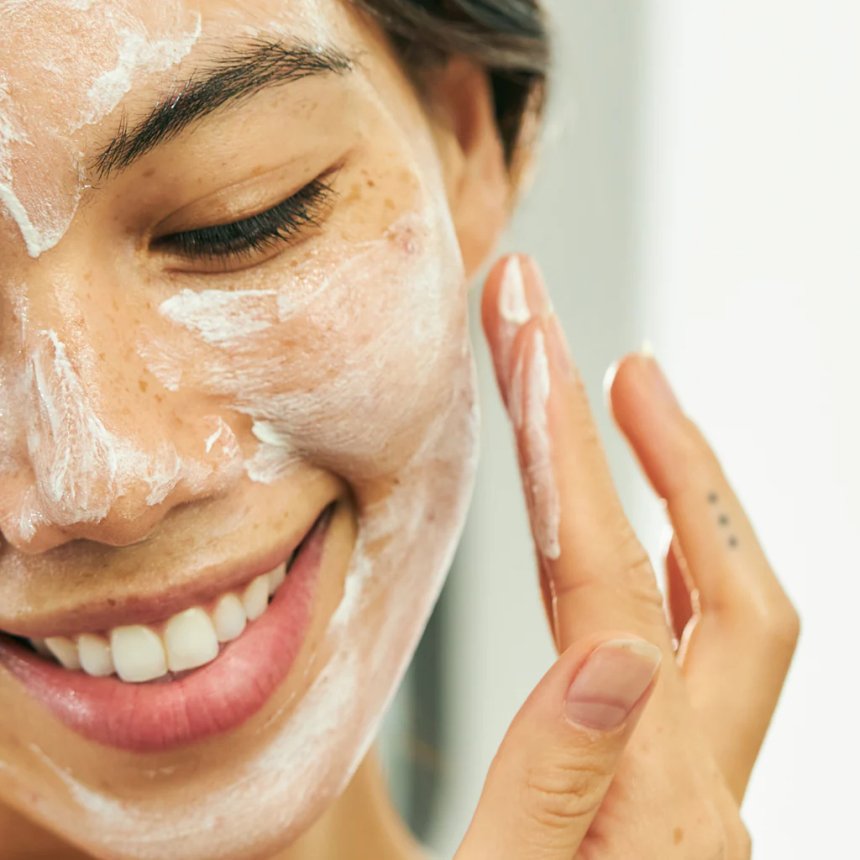
8 Best Natural Exfoliants for Glowing Skin You Should Know in 2025
Using a natural exfoliant has worked so well for my skin that I honestly can’t imagine my routine without it. Maybe it’s time you discovered it too. If you’re searching for a natural way to exfoliate and achieve glowing skin, your search ends here seriously, you’ve found what you need.
But let me say this: if you’re still leaning toward store-bought chemical exfoliants, this post might not be for you. However, if you truly want a natural solution that works, then let’s dive in glowing skin is just ahead.
Exfoliation is the gentle process of scrubbing away dead skin cells to reveal a smoother, clearer complexion. The products used for this are called exfoliants. Some exfoliate physically by scrubbing away dirt and dead cells while others use ingredients like alpha-hydroxy acids (AHAs) to break them down on a deeper level. In this post, we’ll explore natural exfoliants that can give you that fresh, radiant glow without harsh chemicals.
8 Best Natural Exfoliants for Glowing Skin
Here are the 8 best natural exfiolant you must know.

Honey isn’t just good for your health — it’s also a natural skincare hero. Thanks to its antimicrobial properties, it helps heal the skin, while its humectant qualities lock in moisture. Honey also contains small amounts of gluconic acid and other alpha-hydroxy acids, making it gently exfoliating and soothing. In fact, it has been used for centuries to help manage skin conditions like psoriasis and dermatitis.
To exfoliate with honey, just place a small amount (about the size of a dime) in your palm and gently massage it onto your face in circular motions. Rinse with water. You can use honey alone or add it to homemade scrubs. For a bit more exfoliation, try mixing in a pinch of baking soda. Raw, organic honey works best for skincare.

Yogurt is rich in lactic acid, a type of alpha-hydroxy acid (AHA) that gently removes dead skin cells and encourages new cell growth. Using yogurt as a natural exfoliant can help improve skin texture and promote a more even skin tone.
To use it, apply a tablespoon of plain yogurt to your face with clean fingers in gentle circular motions, or use a brush and short strokes. Let it sit for about 20 minutes before rinsing off with water.
Although research is still ongoing, some studies suggest that the probiotics in yogurt may support your skin barrier, reduce inflammation, and help fight off bacteria. However, if you're sensitive to lactose, yogurt might irritate your skin. Always do a patch test first or speak with a dermatologist before trying it out.
Also See: Looking for the Best Sunscreens for Oily Skin with SPF 50? Try These 5 in 2025
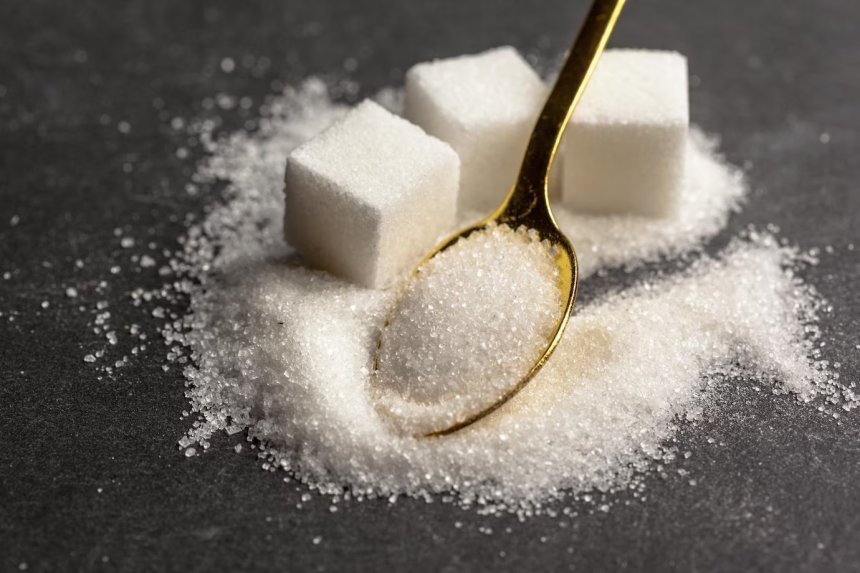
Sugar cane contains glycolic acid, a natural chemical exfoliant that helps loosen dead skin cells from the surface, allowing fresh, new skin to come through. When used gently, it’s an effective way to remove dead skin buildup. However, sugar scrubs are best suited for the body, not the face, since the coarse sugar crystals can be too harsh for delicate facial skin.
How to use sugar as a body exfoliant:
-
Mix 1 tablespoon of raw sugar with 1 tablespoon of a natural oil like coconut, olive, jojoba, or almond oil. Adjust the ratio to create a thick, spreadable paste.
-
Gently massage it onto your skin using circular motions with your fingers or short strokes with a brush.
-
Leave it on for about 10 minutes.
-
Rinse off with water.
Read Also: 7 Surprising Uses of Vaseline for Skin That No One Talks About

Lemon juice is a natural source of citric acid, an alpha-hydroxy acid (AHA) known for its exfoliating properties. It helps remove dead skin cells while giving the skin a brighter, plumper appearance. When combined with cane sugar, it forms a mildly abrasive paste that can gently exfoliate the skin. This mixture, when applied using circular motions, can leave the skin feeling smooth and refreshed after a few minutes.
However, caution is advised. Lemon juice can irritate sensitive or broken skin, and the sugar crystals may be too coarse for use on the face. It’s recommended to do a patch test beforehand and to use a finer sugar blend or apply it only to the body if your skin is delicate.
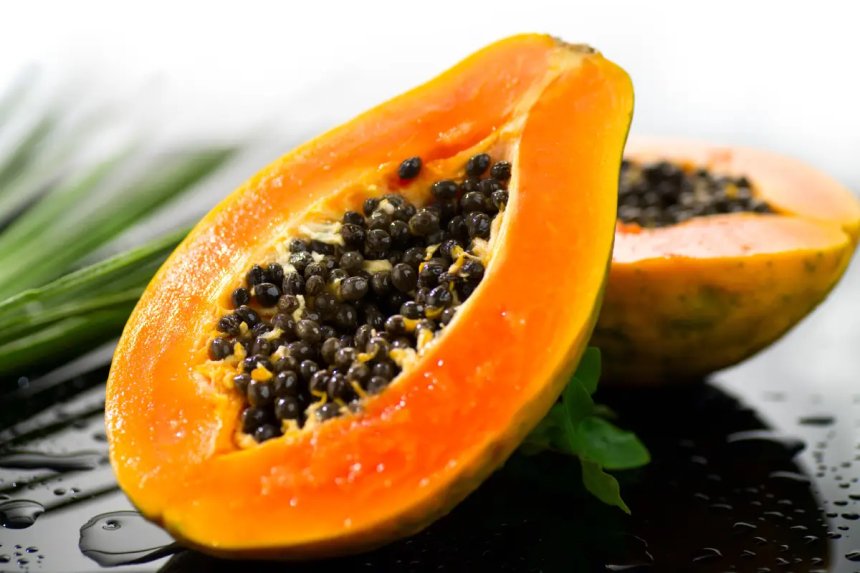
Papaya is a powerful natural exfoliant thanks to an enzyme called papain, which breaks down keratin in dead skin cells, helping to gently smooth and refresh the skin. In addition to exfoliation, papaya is known to support healthy blood circulation and improve skin elasticity.
When mashed into a soft paste and applied to the face, papaya works well as a natural mask. It’s especially beneficial for oily or combination skin types, which often struggle with clogged pores due to excess sebum. The papain enzyme helps cleanse the pores and may prevent acne or skin infections.
For best results, use green (unripe) papayas, as they contain higher levels of papain. After applying the papaya paste to the skin, letting it sit for about 15 minutes before rinsing allows the enzymes to work effectively.
Ground coffee makes an effective natural exfoliant, helping to remove dead skin cells and impurities through gentle physical scrubbing. When massaged onto the skin, the texture of coffee grounds provides a manual exfoliation that leaves the skin feeling smoother and refreshed. Additionally, caffeine in coffee is known for its skin benefits — it can temporarily plump the skin and reduce visible signs of aging, such as wrinkles and dark spots.
To use coffee as an exfoliant, it's commonly mixed with a natural oil like coconut or olive oil to create a thick paste. Once applied to the face using circular motions, the mixture can be left on for a few minutes to allow the caffeine to work before rinsing it off. This method offers both exfoliation and hydration, making it a great DIY option for a rejuvenating skincare routine.

Oatmeal is a widely used ingredient in skincare, valued for its soothing, anti-inflammatory properties. It’s gentle on the skin, making it an ideal choice for those with dry or sensitive skin types. In addition to calming irritation, oatmeal may offer some protection against harmful UV rays, further supporting its reputation as a skin-loving ingredient.
When finely ground and combined with a natural oil or honey, oatmeal forms a soft, nourishing paste perfect for exfoliation. Applied in circular motions, this mixture helps remove dead skin cells without causing irritation. Letting it sit on the skin briefly enhances its calming and hydrating effects before rinsing it off.

Turmeric is more than just a vibrant kitchen spice. it’s also a powerful natural exfoliant. Its active compound, curcumin, gives turmeric its golden hue and is responsible for many of its anti-inflammatory and antimicrobial benefits. Traditionally used across South Asia for treating various skin conditions, turmeric can help calm irritation, reduce redness, and fight infection when used in skincare.
When mixed into a paste with ingredients like yogurt, water, or natural oils, turmeric becomes a gentle exfoliant suitable for most skin types, including sensitive skin. For those wanting extra scrubbing power, adding a bit of chickpea flour provides light abrasion. Once applied and left on for about 10 minutes, it helps to brighten the skin and promote a smoother texture.
Share
What's Your Reaction?
 Like
1
Like
1
 Dislike
0
Dislike
0
 Love
0
Love
0
 Funny
0
Funny
0
 Angry
0
Angry
0
 Sad
0
Sad
0
 Wow
0
Wow
0
